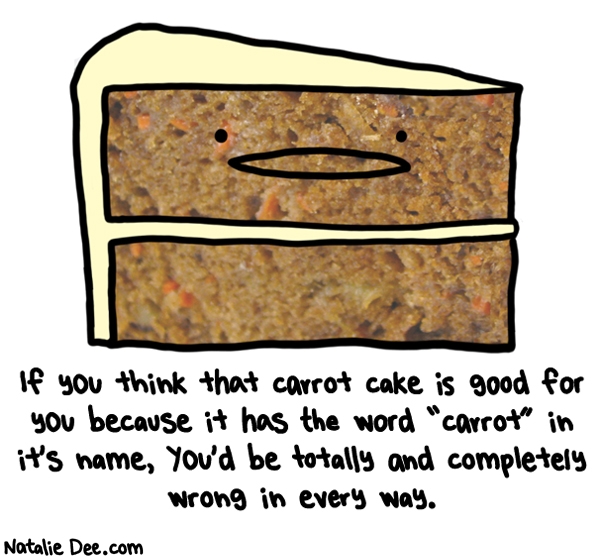One of my dear friends has been dealing with Irritable Bowel Syndrome symptoms for several years now. I have been giving her suggestions here and there on what to do to try to get rid of it. Until recently I was under the impression that IBS was one of those things that doctors would diagnose you with if they didn't know what was wrong with you. Now I know that IBS is something that doctors diagnose you with if there seems to be nothing wrong with you.
If you are having IBS symptoms, there is obviously something wrong... it's just nothing that doctors are testing for. They are looking in the wrong place. Here's what my friend has learned that has helped her tremendously.
After three years of dealing with IBS, I've learned what my "triggers" are and what I can't eat a ton of. If I have too much dairy, particularly cheese, or processed sugar, like candy or Splenda/Equal or things like that I get set off. Part of what I learned though was how connected your digestion system is to your nervous system. My stress levels also had a significant impact on my digestion, maybe even more than my trigger foods.
With that, came my new years resolution: to be kind to myself. The following have helped ease my stress, which in turn eased my IBS symptoms and digestion issues.
1. Drink warm water or tea after every meal. Warm water not only eases digestion by relaxing the muscles, but is also a natural detoxifier. Keeping hydrated, especially with warm water has a certain comfort to it too!
2. Being mindful of what I am eating. I often rush through my meals, which either causes me to be hungry and crave my trigger foods later or causes indigestion. Slowing down and bringing all the senses to my meals means that I eat only until I am full and helps my digestion system break down the food, rather than swallowing it whole practically.
3. Deep breathing or alternate nostril breathing. First of all, concentrating on the changing nostrils has definitely distracted me and allowed me to put my stressor in perspective. Second, deep breathing is meditative even when you aren't going for that and has a calming effect. Lastly, we are all given so many breaths so by making each one count slows you down to be in the moment.
~ L
When was the last time your doctor talked to you about anything like that? Being someone who is prone to letting stress and anxiety get the best of me, I can relate to her suggestions about deep breathing and taking the time to eat, relax, and take care of yourself.
If your body is screaming at you, it may be more beneficial to check in on your stress levels and how you are (or are not) taking care of yourself. To-do lists never go away & there is always tons of stuff to do each day.
Who is it going to effect if you take time out of your day to make sure you are taken care of? (hint: YOU!)



































